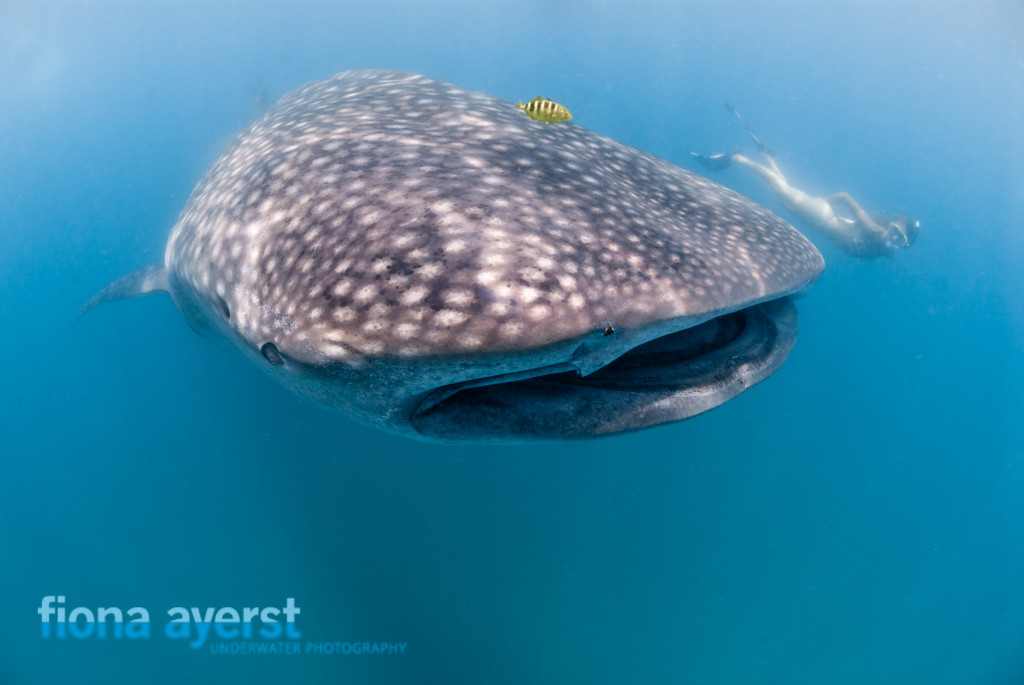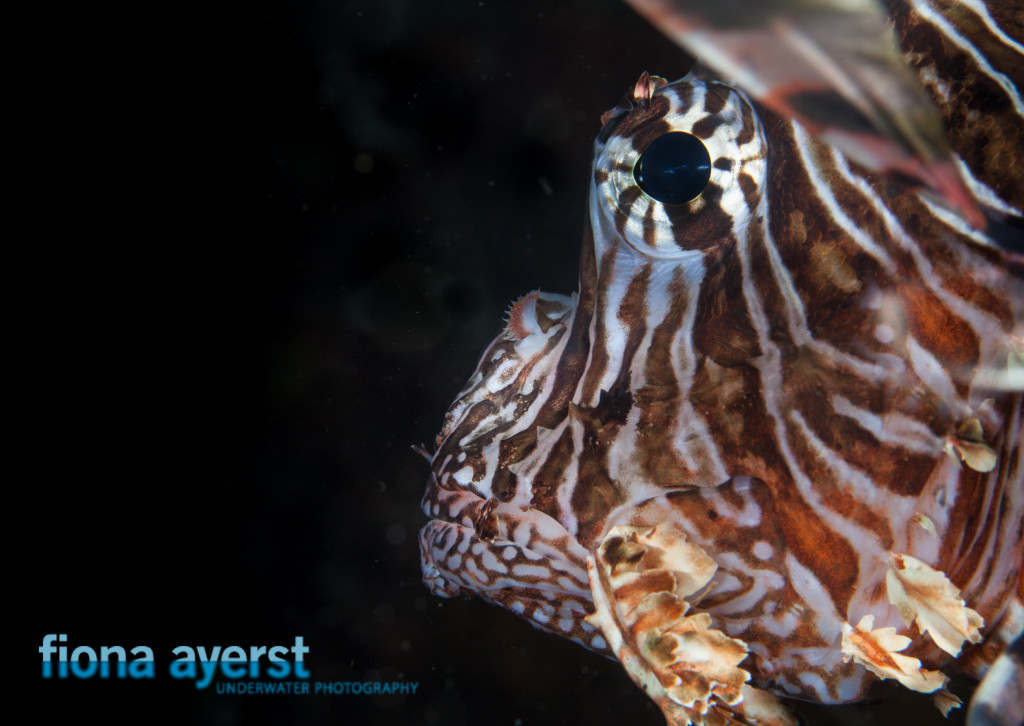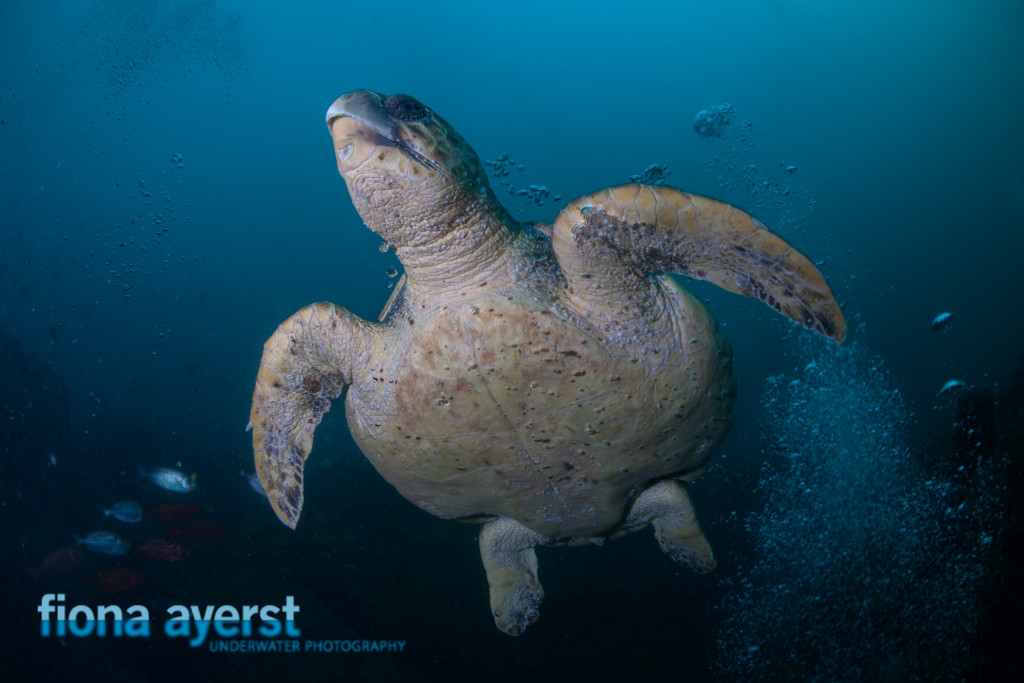By Fiona Ayerst
Underwater photography is an entirely different beast than shooting on land, and requires photographers to deal with multiple new elements. As a longtime underwater photographer, my absolute No. 1 tip before you submerge is to take the time to read the camera’s manual and to use the camera as often as you can on land. Even better, try to use the camera (on land) while it’s in your underwater housing so that you get used to where all the buttons and dials are, and so that you can make sure everything is working correctly before you hit the water. Here are nine more tips for burgeoning underwater shooters, beginning with the most important.
1) Get close — and then get closer
A common complaint when starting out is that your images have a dull bluish or greyish hue. You’ll get a clearer, sharper and more colorful image if you reduce the water column between your port and the subject, while maintaining respect for the subject, of course.
2) Use artificial lighting
Water absorbs light and sucks out color. To avoid those dull grey-blue hues mentioned above, use underwater lights (strobe lights are preferable to torch lights) to restore color and avoid graininess.
3) Go manual
When using an artificial light source, it’s best to work in manual settings. The camera is built to work on land and not in water, so it won’t understand what settings to apply to cater for the external lighting, even if you are using aperture or shutter priority.
4) Maintain your equipment
Make sure your O-rings are clean and greased. One strand of hair can cause a flood. Rinse and dry all ports after every dive. Never let salt water dry on your equipment — water and electronics do not mix.
5) Respect and know the environment
Before you undertake serious underwater photography, you must have excellent buoyancy skills. Keep all of your gear streamlined so as to minimize the potential of a gauge damaging the reef; you may not realize the damage that can be inflicted from even a minor swipe. Never touch marine life. Be patient and let your images be your reward. Learn how the animals behave so that you can anticipate what they will do next, thusly getting your shot at “the top of the action.”
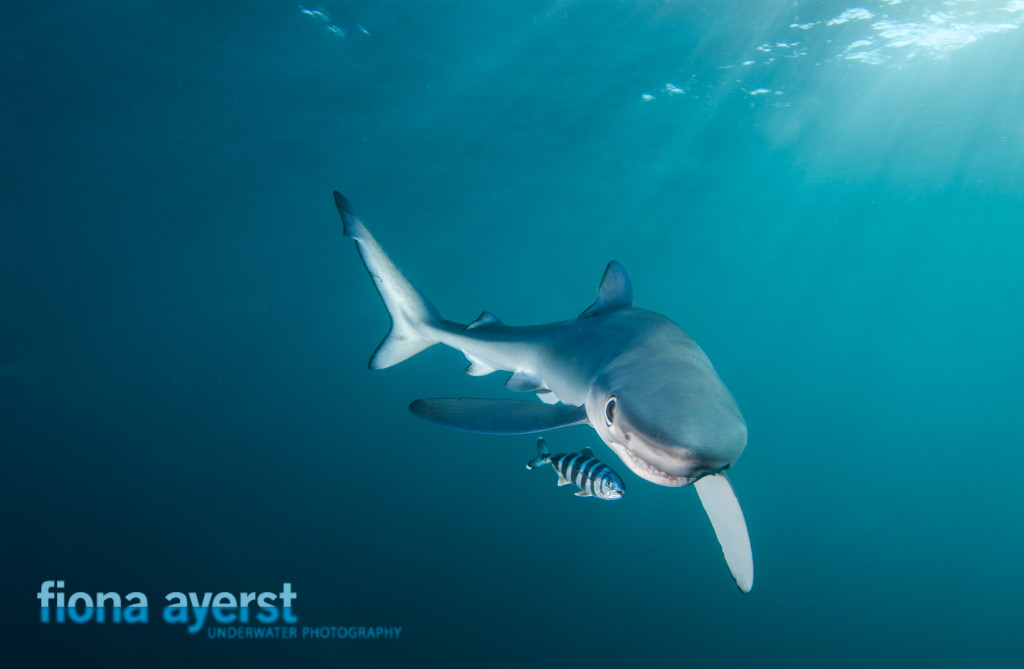
6) Shoot up
The reef is usually under you when you dive, but images of the tops of fish and coral are usually messy. Shooting up creates separation between the foreground subject and the background of your images.

7) Focus on the eyes, and keep yourself focused
This one is a bit of a cheat as it is actually two tips but, in essence, always think about focus. Keep the subject’s eye sharp, especially if working in macro mode. Place the focus bracket so it aligns with the subject’s eye; pull your shutter trigger halfway to focus in on the eye; and then recompose using rules of composition. When you have your photograph composed how you want it, push down completely on the shutter. Always carefully view the environment for the next photo opportunity. Patience is paramount.
8) Shoot, review, adjust, rinse, repeat
Use your LCD to review your images as you shoot to make sure your subject is well exposed, nicely composed and you are happy with the outcome. Review every image. Zoom in on some of the images to ensure sharp focus. Adjust and shoot again.
9) Secondary equipment
Ensure all your diving equipment is maintained in great working order with annual servicing. It is, after all, your lifeline. At the very least you will need a mask, snorkel and fins. These days many photographers shoot while free-diving so you mustn’t necessarily have a scuba certification, but if you want to shoot most macro and natural-history shots then scuba is a must.
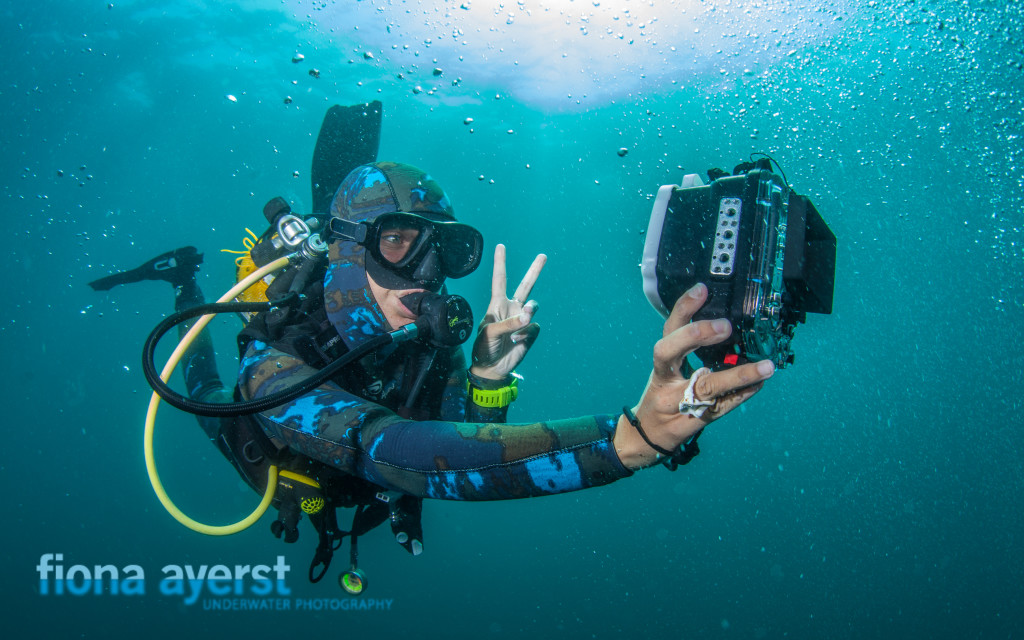
Don’t forget that underwater photography is, above all else, supposed to be fun, so while the technical side is important, don’t let mastering it get in the way of your enjoyment of diving. Happy shooting!
Fiona Ayerst has been a professional underwater photographer for seven years and is one of South Africa’s best-known underwater specialists. She teaches underwater photography classes in Durban, SA and Mozambique annually between May and October. fionaayerst.com


